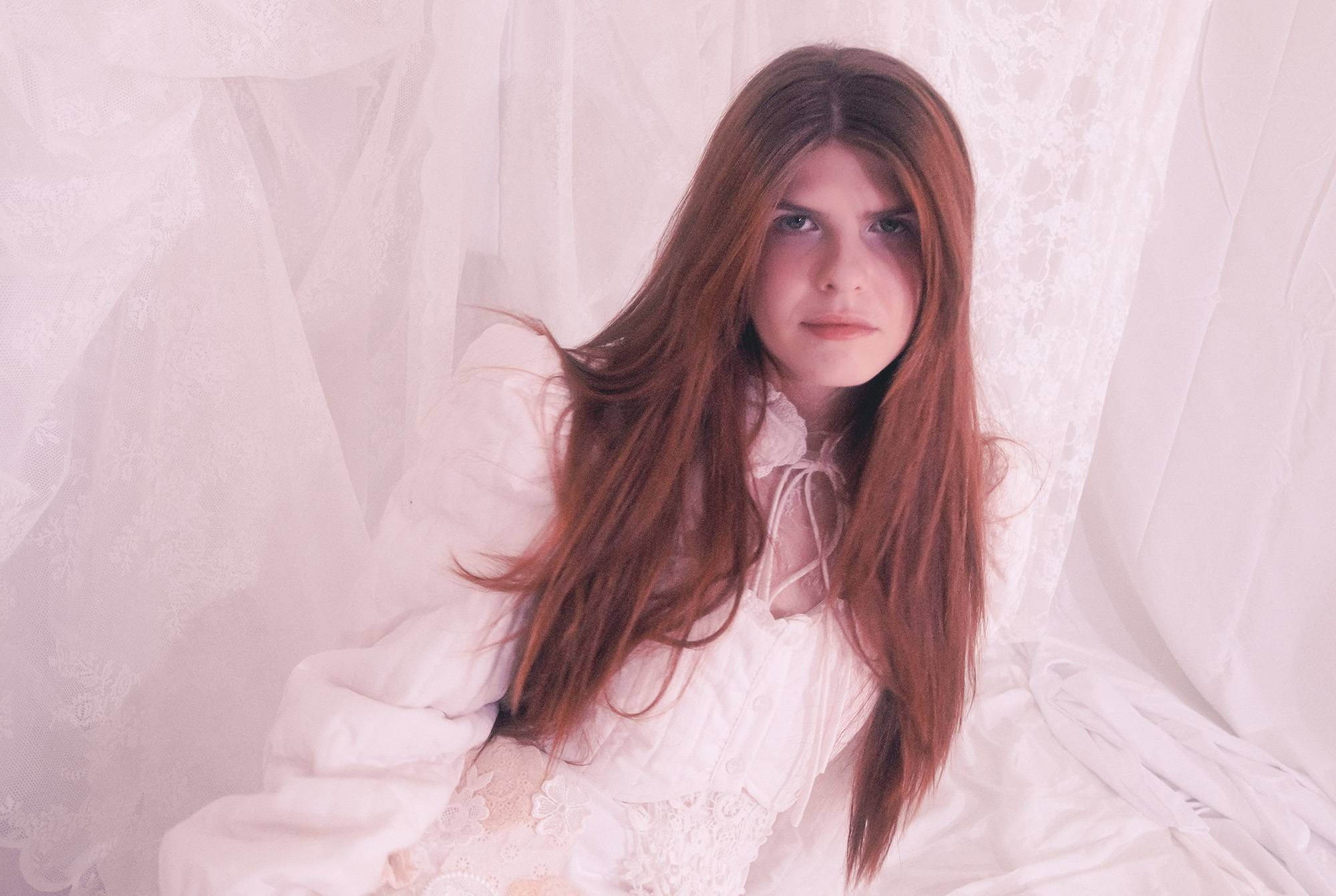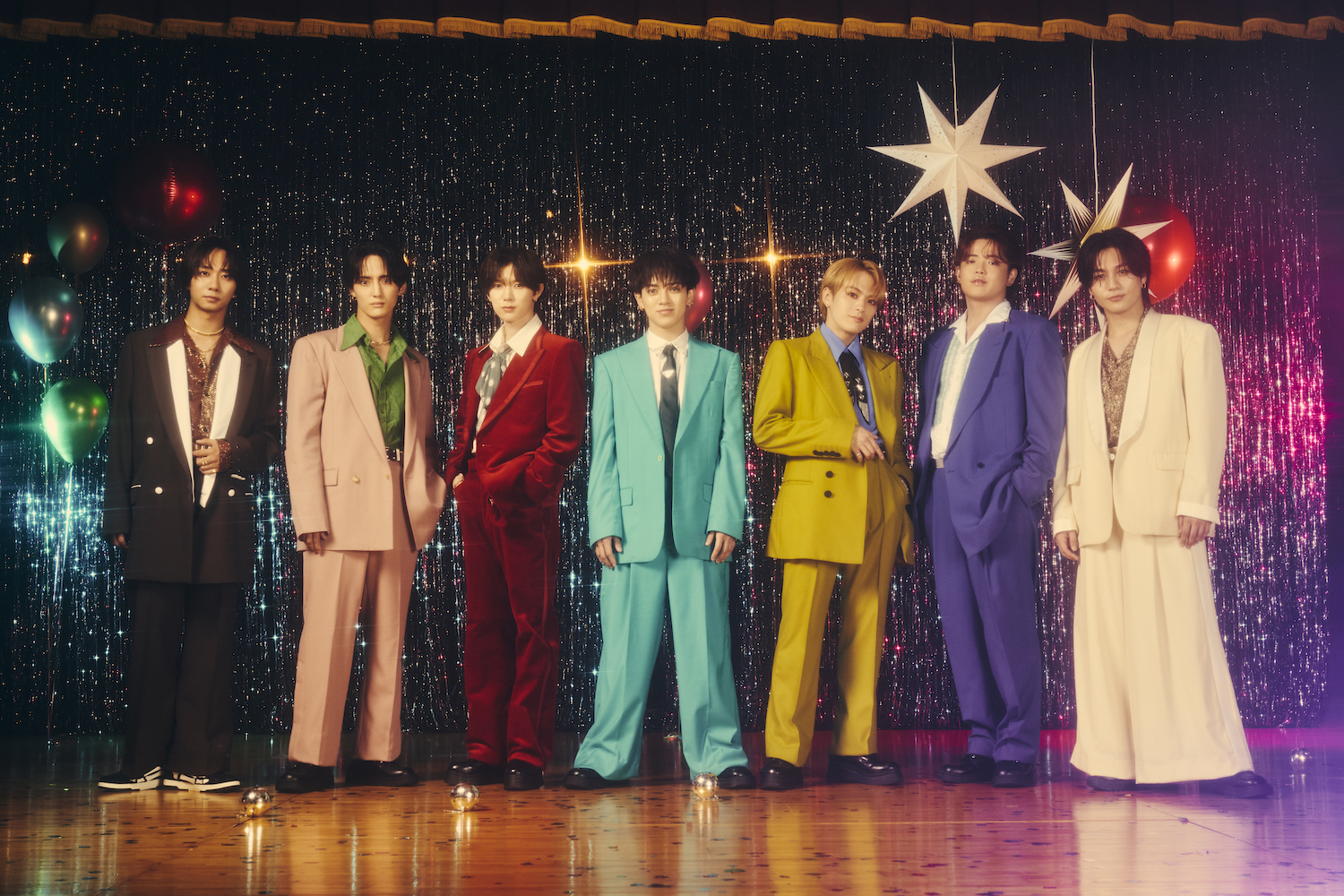At one point on Grimes’ “4AEM,” you hear something that sounds like a million little ghostly Internet children popping up from the digital world and laughing hysterically.
Grimes has always been an expert at using her childlike voice to her advantage—she rips into the delusion of youthful innocence and femininity and turns it into something thoroughly haunted, all the more so because of how pure it sounds.
Her latest album, Miss Anthropocene, is the sound of young things fracturing, of womanhood splitting into pieces, of the earth burning, the soil blackening. It sounds like a world on the edge of collapse while people lose themselves on their cell phones, playing Candy Crush and only occasionally allowing themselves to dive into the fires of true emotion and horror, which usually manifest as strands of smoke, curling between the cracks of the surreal reality we’re living in.
All this and more is built into Grimes’ fifth album, which she has said is mostly about climate change. “People don’t care about [climate change] because we’re being guilted,” she said. “I see the polar bear and want to kill myself. No one wants to look at it, you know? I want to make a reason to look at it. I want to make it beautiful.”
Grimes’ approach is refreshingly different from many popular climate change narratives, which are often built on guilt, faceless numbers, fear, problematic ideals of purity, and sometimes, relentless, exhausting optimism. Climate change became associated with guilt around the time that big green corporations—often seeded by dark money that had roots in oil corporations—began selling the idea that by reducing our own waste and having fewer children, we could solve the environmental crisis. Often this was a way of lifting blame from major corporations and structural forces, shifting it over to individual people and, more often than not, poor people and members of third-world nations who produce much less waste than the wealthiest 1%.
On Miss Anthropocene, Grimes plays with alter egos as well as genres. Some of the songs are chaotic and super-charged with electricity, like the Teslas and various futuristic projects of her boyfriend and the father of her future child, Elon Musk. “Darkseid” is a hyperactive, lush ballad that features the rapper Pan; it’s campy in the way that Art Angels was, but with even more depth. “Violence” has a sadistic beat and a sense of dark ecstasy that feels designed for late-night parties and bad decisions.
Some of the songs are more subdued. Grimes is capable of producing the maximalist, sweeping, glossy sound that’s come to characterize the typical alt-pop star in 2020. Songs like “New Gods” are filled with the whispery, gooey sadness that’s become the signature sound of artists like Billie Eilish and Lorde, but “New Gods” is more powerful and less vulnerable than either of the aforementioned two artists allow themselves to be.
On the slower (and arguably strongest) songs—”Delete Forever” and “Before the Fever”—Grimes plucks from pop music’s classic bag of tricks at will, imitating cliches, pulling from punk-rock grittiness and familiar chord progressions while constantly ripping the ground out from under her listener. These songs collapse into swirling tornadoes of synths and glitchy screams, while Grimes’s vocals rise high above the violent soundscapes. It’s all impressionistic and desolate and yet somehow, fiercely, blisteringly alive.
Who Is Miss Anthropocene?
Freud believed that every person is motivated by a death drive, which pulls us towards annihilation and destruction and exists in constant competition with a drive towards life, creation, and propagation. Both impulses exist in glitchy competition on Miss Anthropocene, an album that explores the destruction of the planet and human spirit and yet refuses to surrender to either. Instead, it lives inside destruction and thereby creates new life within it.
Grimes accompanied the album’s release with an ominous poem. “I, Poet of Destruction: Hereby declare that global warming is good,” she wrote on Twitter. “So, you humans have carved your existence into the Earth. Lest you be forgotten. Why lament. Be who you are. Embrace your demise. For you are the architect of it. How smart you are to eradicate a species as resilient as your own. Why deny your power. It’s the greatest show in the Universe. Celebrate with me. The most momentous of deaths. Now is the time to burn twice as bright and half as long. Sincerely, Miss Anthropocene.” (At the bottom of the paper was a Shutterstock logo. When a Twitter fan addressed this, Grimes replied: “Haha oops.”)
In its final form, as Laura Snapes writes for The Guardian, the character of Miss Anthropocene “represents humanity’s justification for its self-destruction, which goes beyond the death wish of the climate crisis to dwell uncomfortably in more intimate forms of self-annihilation: addiction, self-loathing and the internet.”
With Miss Anthropocene, Grimes seems to be embracing the kind of thought process put forth by the Dark Mountain Project, an environmental anti-movement of sorts. Focused on abandoning hopes of maintaining the status quo, the Dark Mountain Project and its followers find redemptive possibilities in apocalypse. Modernity is “the story of an empire corroding from within,” according to one of the early paragraphs of the movement’s manifesto. “It is the story of a people who believed, for a long time, that their actions did not have consequences. It is the story of how people will cope with the crumbling of their own myth. It is our story.”
The manifesto concludes with several slightly more inspiring principles—many of which focus on the potential inherent in art and the practice of non-anthropocentric creativity. “Humans are not the point and purpose of the planet. Our art will begin with the attempt to step outside the human bubble. By careful attention, we will reengage with the non-human world,” reads the first of its eight final steps. “The end of the world as we know it is not the end of the world full stop. Together, we will find the hope beyond hope, the paths which lead to the unknown world ahead of us,” it finishes.
Though she’s no activist, at least Grimes is trying to think about climate change in different and unique ways; like the Dark Mountain Manifesto’s followers, she’s using reverse psychology, playing into the human death drive, collapsing it into something creative. The result is often inspired, sometimes overwhelming, sometimes hollow, and always dark. But maybe—in contrast to all this light pollution, all this brilliance from fireworks and computer screen glow and bombs—a little dark’s what we need.
What The Future Holds
Grimes isn’t exactly a radical—she’s dating one of the richest members of that 1%, after all—but in some way, Miss Anthropocene addresses some of the larger forces that contribute to the climate crisis and make solving it so damn difficult. The climate crisis is inextricably entangled with late capitalism, racism, sexism, and many other forces built on the subjugation of the presumably powerless. These forces that can be quieted by the Internet and opioids and many of the other addictive trappings of modernity, all of which distract us and help grow our disconnect from each other while relying on capitalism to fill the void.
Even if she doesn’t present a solution to all this, Grimes never surrenders to guilt and apathy, either. Instead, she dives deep into her own pain and creates a mirror to reflect the pain of humans and the earth.
Miss Anthropocene no work of supreme perfection, and its ideals exist more in the abstract than anything. But in seven months when Grimes gives birth to the antichrist, maybe we’ll all wish we had paid a little more attention.
- Pitchfork’s Top 200 Songs of the 2010s – Popdust ›
- Proof 21 Savage Was British All Along – Popdust ›
- Cry at Parties, and Other Ways to Become One of Jack Antonoff’s … ›
- How Is Grime Different From Hip-Hop, and Is Drake Ruining It … ›
- Lil Dicky and Grimes are Kickstarting a New Wave of Climate … ›
- Grimes Wrote A Hauntingly Beautiful Song About Lil Peep – Popdust ›
- Grimes’ New Song: Assault on Women and Climate Change – Popdust ›
- Grimes Says Climate Change is Good – Popdust ›
- Elon Musk and Grimes’ Baby Will Be the Antichrist – Popdust ›
- Zola Jesus: Grimes Symbolises “Silicon Fascist Privilege” – Popdust ›
- Grimes Doesn’t Get It: Elon Musk Is Not Like Bernie Sanders – Popdust ›













